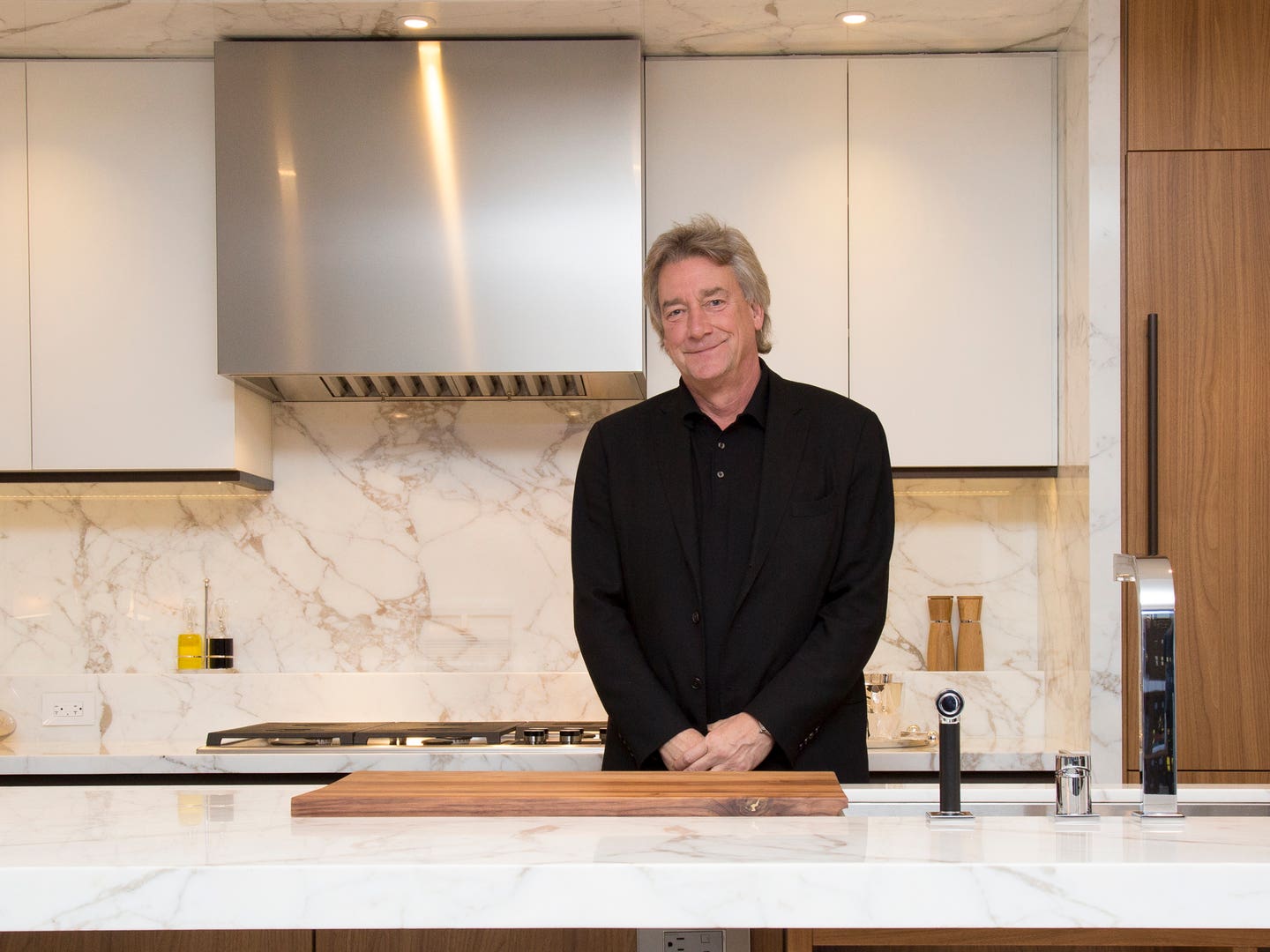
Kitchen Secrets From Design Mastermind Jeffrey Beers
How to bring a restaurant kitchen’s functionality into your home—and make it look amazing
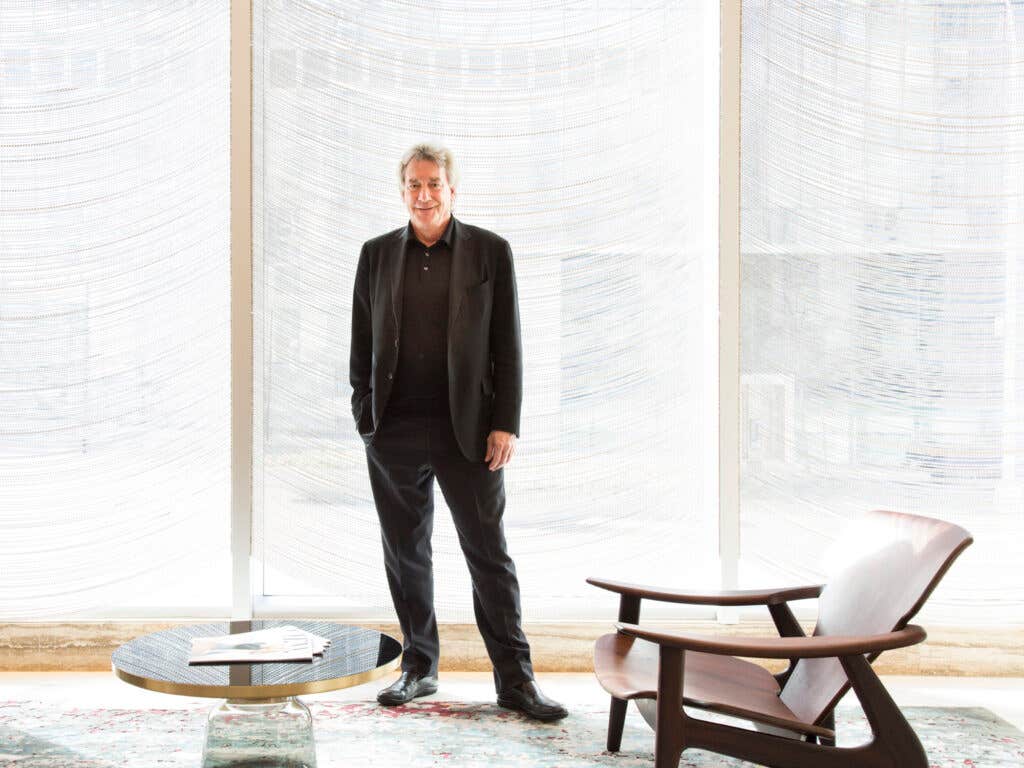
"The kitchen is really the heart of the home for me," says Jeffrey Beers, whose company, Jeffrey Beers International, turns 30 this year. For the past three decades, Beers has designed close to 150 restaurant projects and almost 25 hotels. His latest is One West End, a 246-room, Elad Group and Silverstein Properties residential property for which he designed the kitchens. Every project begins the same. "It always starts in the kitchen," Beers says.
Beers draws inspiration for his kitchen designs from watching professional chefs. “It’s fascinating to me to watch chefs cook in their kitchens,” he says. “It inspires me. The passion and attention to detail, and where things are and how they're accessible, resonate with me a lot.” Commercial kitchens, with their cold, stainless-steel-everything and function over form, are drastically different from the welcoming kitchens Beers designs. But his approach borrows from the hospitality element, and he executes this with a number of thoughtful techniques and a seamless blend of form and function. "That’s the fun part for me," he says. “I try to bring everything I know about how commercial kitchens work, and how real chefs work,” he says, “to some sort of level that all of us normal folks can have to play with.”
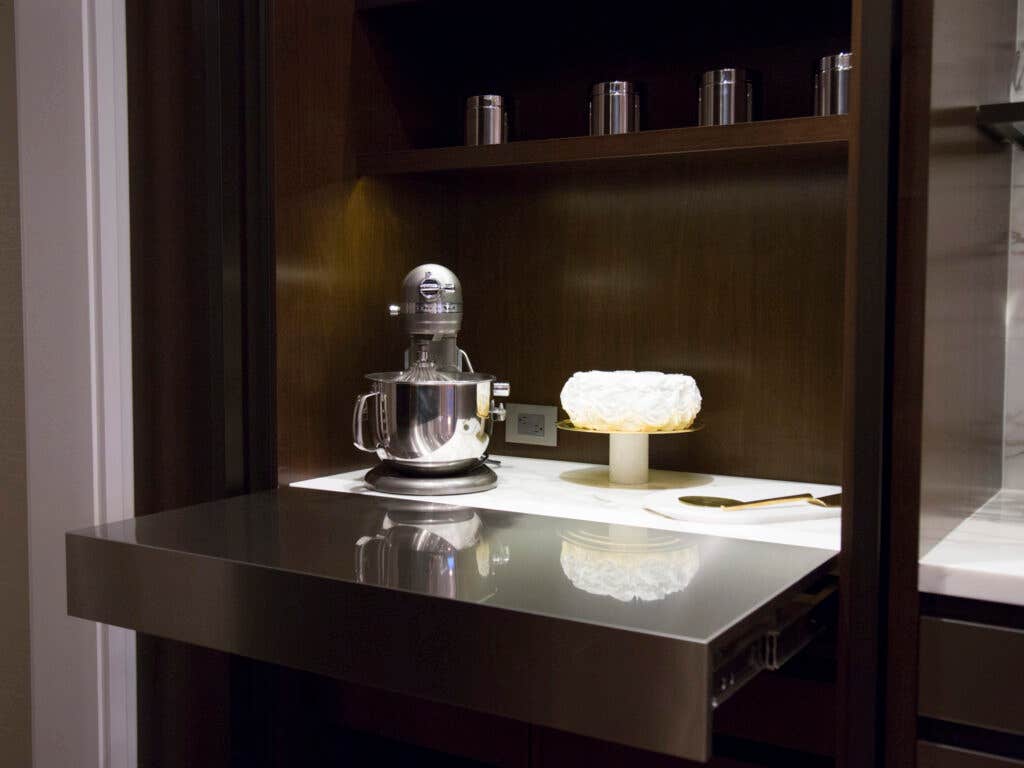
That starts with a breakdown of the kitchen into stations, or "worlds" as Beers calls them. So potential everyday needs like baking, coffee, and cocktails are all designated to their own worlds. Beers covers the coffee world with sliding doors, "so you can close them and hide the clutter." His baking world includes some of that cold, stainless steel (far from any heat sources), but it's hidden beneath a beautiful marble countertop and it pulls out and locks into place when you need the extra space to bake in. Cocktail components like serving trays and glasses are kept in plain sight, to encourage getting the party started.
Of course, kitchens are for cooking, and for that, Beers says, there needs to be a basic three-point principle. "You need to be able to conveniently get the product, prep the product, and prepare the product," Beers says. So he is mindful of where the sink is in relation to the stove in relation to the refrigerator. Italian fabricator Scavolini worked in tandem with Beers' design ideas, adding to the organization and high functionality of the kitchen with subtle, elegant touches like a 4-inch ledge behind the stove (salt and pepper, oil and vinegar etc.) and a baking scale built into one of the drawers that you can access with the simple pull of a handle.
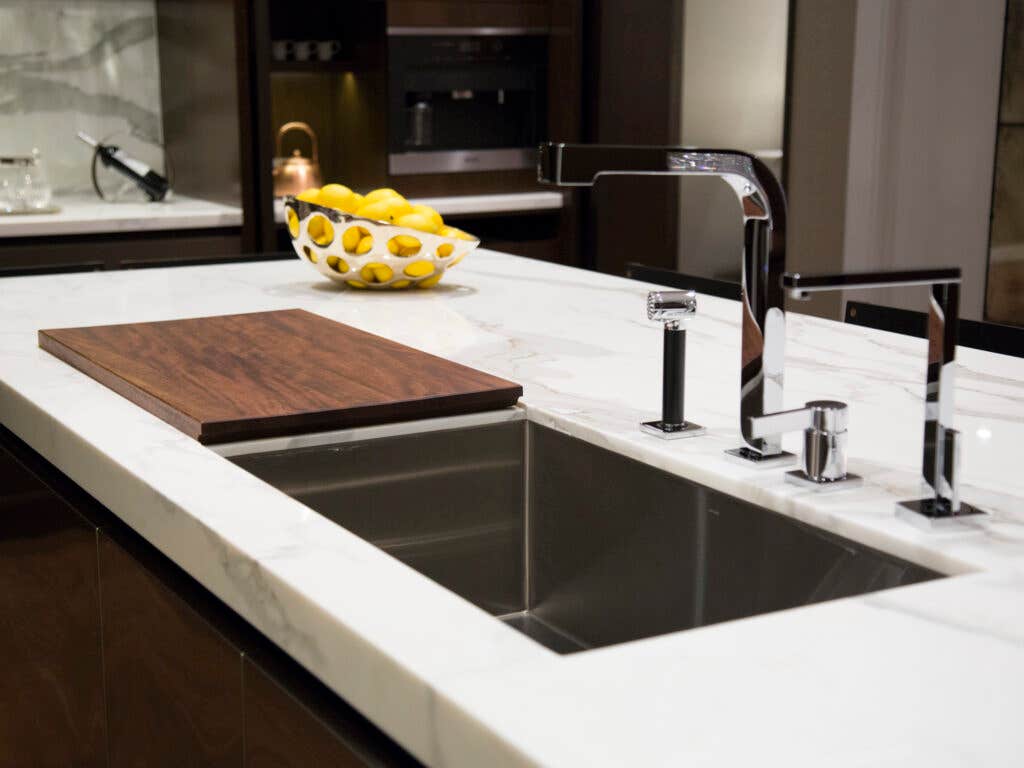
“Cooking is like a dance,” he says—his arms slightly raised at his sides—demonstrating this with a gentle dip and a half turn to the stove behind him. From there he makes a quarter turn, stretches out his right hand and reaches for the refrigerator door as if he were twirling an invisible partner. “It’s a ballet,” he notes. "I don’t want to take more than one step. I try to be very conscious about efficiency."
Before the dance started, Mr. Beers—standing at the sink recessed into the island’s calacatta marble countertop—slid the dark walnut cutting board from its place next to the sink. Beers pointed out the recessed space cut out from the marble that stabilizes the board: no need for a wet rag. “Cutting boards should have their own fixed place,” says Beers, ideally near the sink. “Bobby Flay taught me that.”
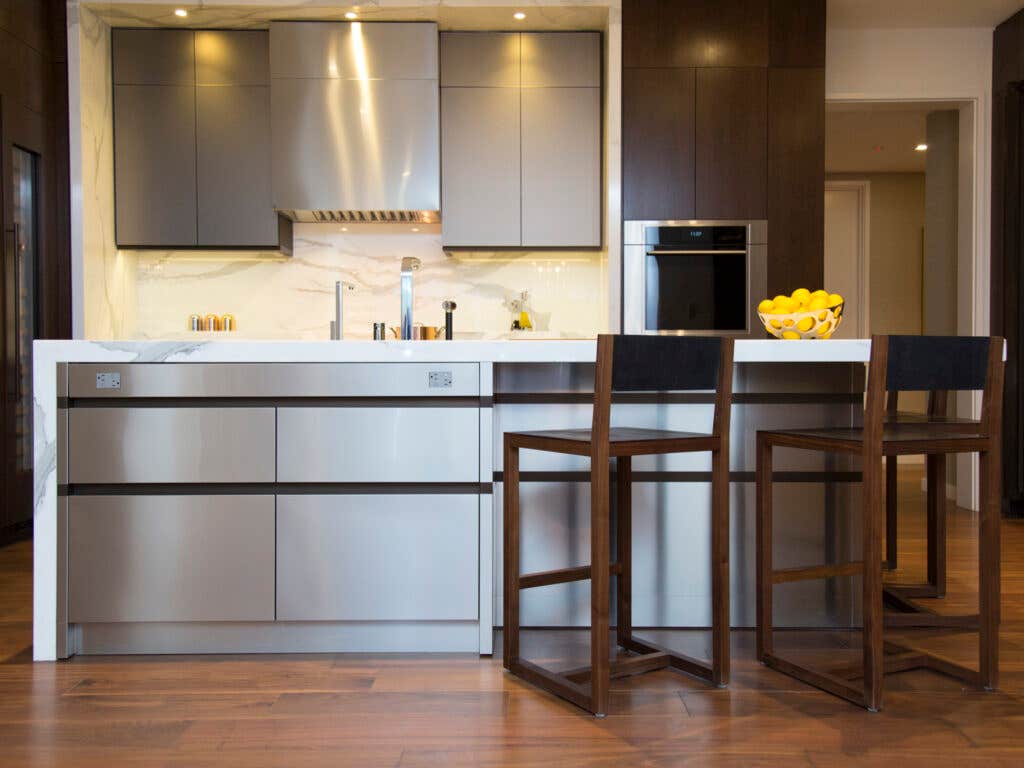
The single most crucial element of kitchen design for Beers is an island. "I'm a big believer in islands," he says, standing behind one. "They invite conversation and friends. They're very social." Beers recalls getting home from work on many occasions to find his wife working and his kids doing homework at their island. "It's an extension of my own home," he says.
But islands also serve as a place to prep. And you will always find a place to sit at the islands in Beers' kitchens; something he picked up from time spent traveling in Europe as a kid with his parents. "There was always a place to actually sit and talk to the person cooking. How nice is that?" he asks with a genuine glow. "It's not just the someone in the kitchen and everyone else in the other room."
Beers is always looking for ways to improve, and says he learns something new after every design. "I'm fascinated these days with how we live on these devices," he says, holding a smartphone close to his wiry, white hair. "Our lives are run by these things, and I think they're going to be in our kitchens more and more." So he adapts. At One West End, Beers' kitchens have technology worlds: places where devices can charge and be kept out of the conversation, and the clutter.
Keep Reading
Continue to Next Story










